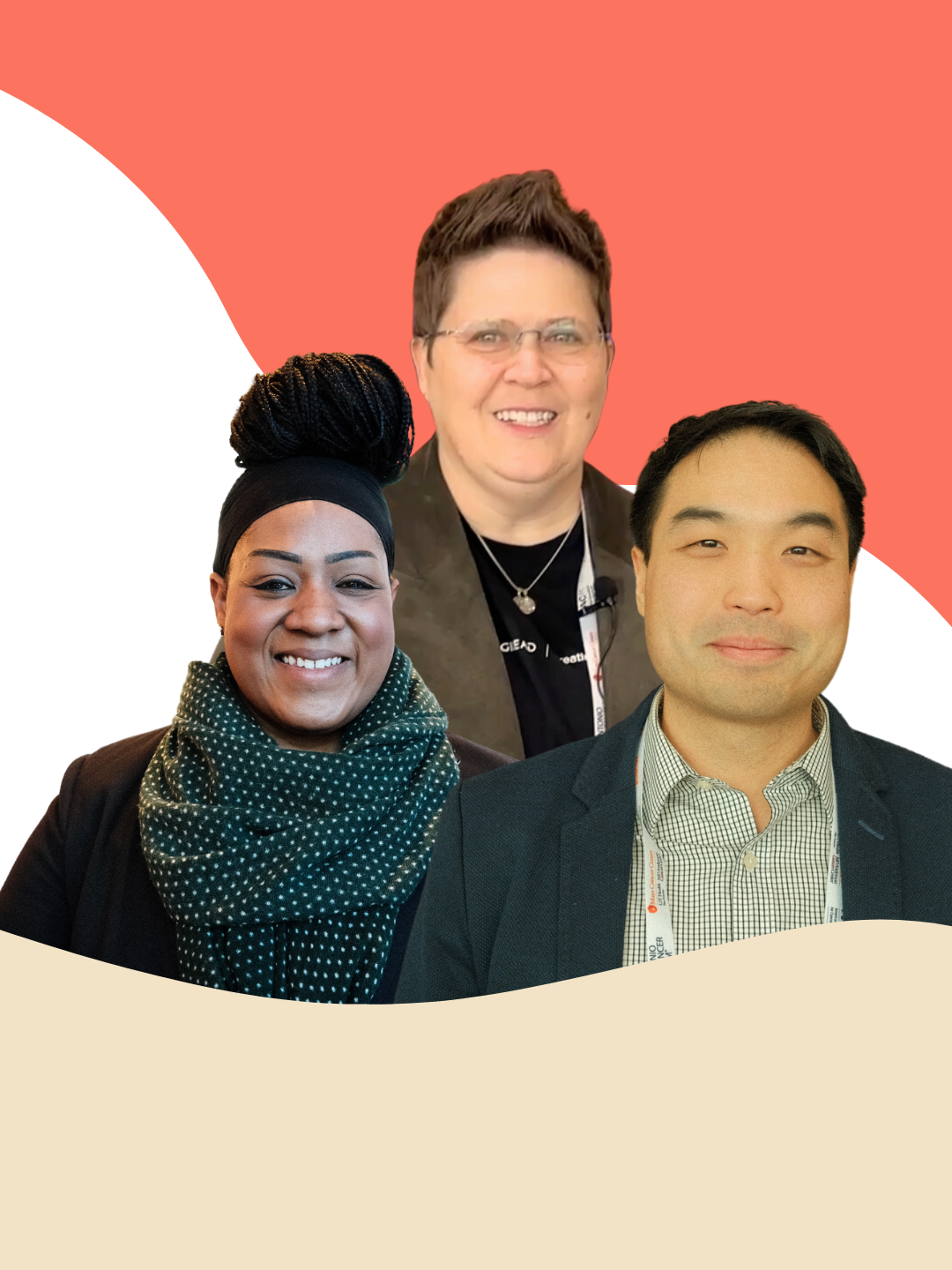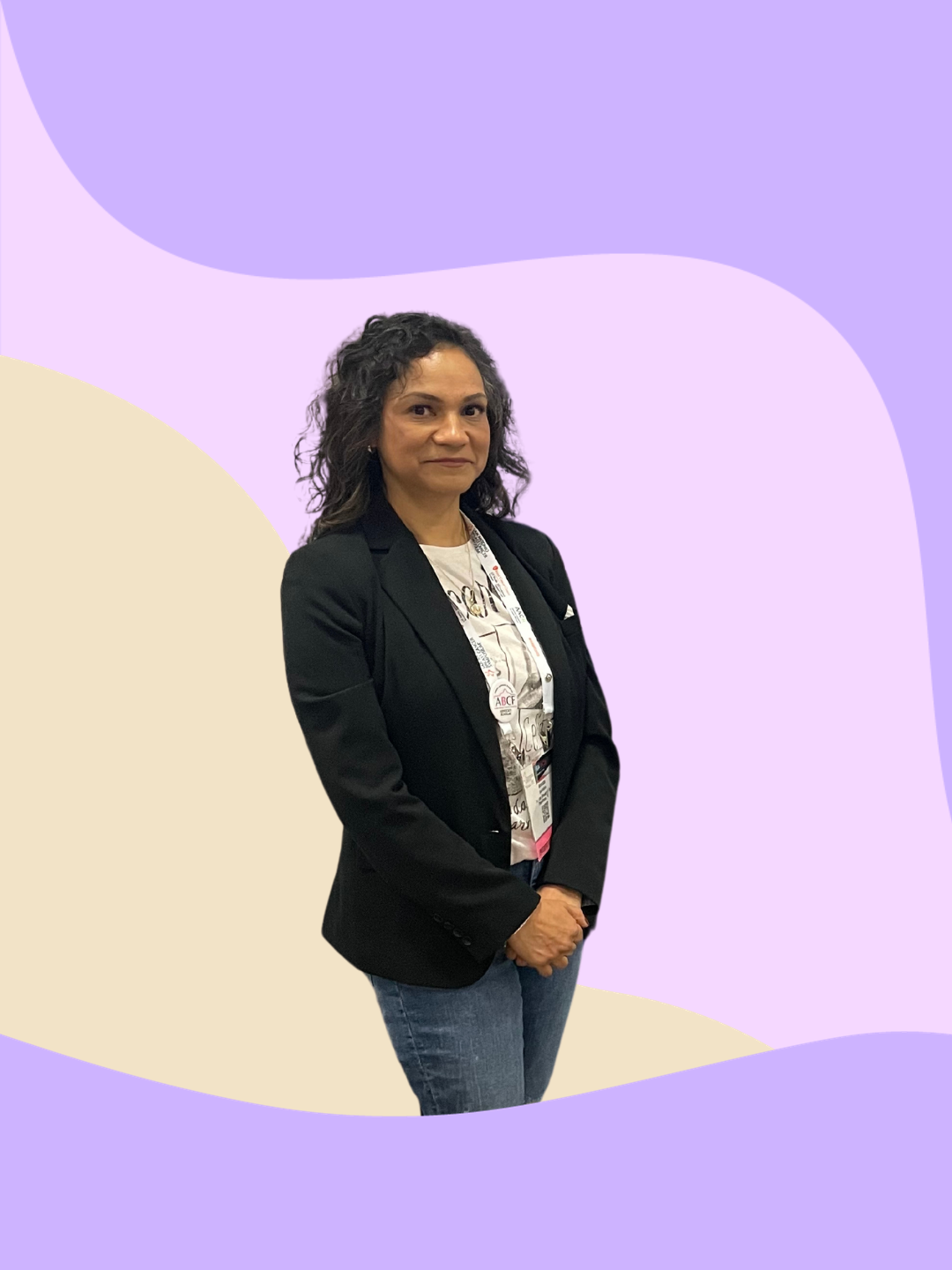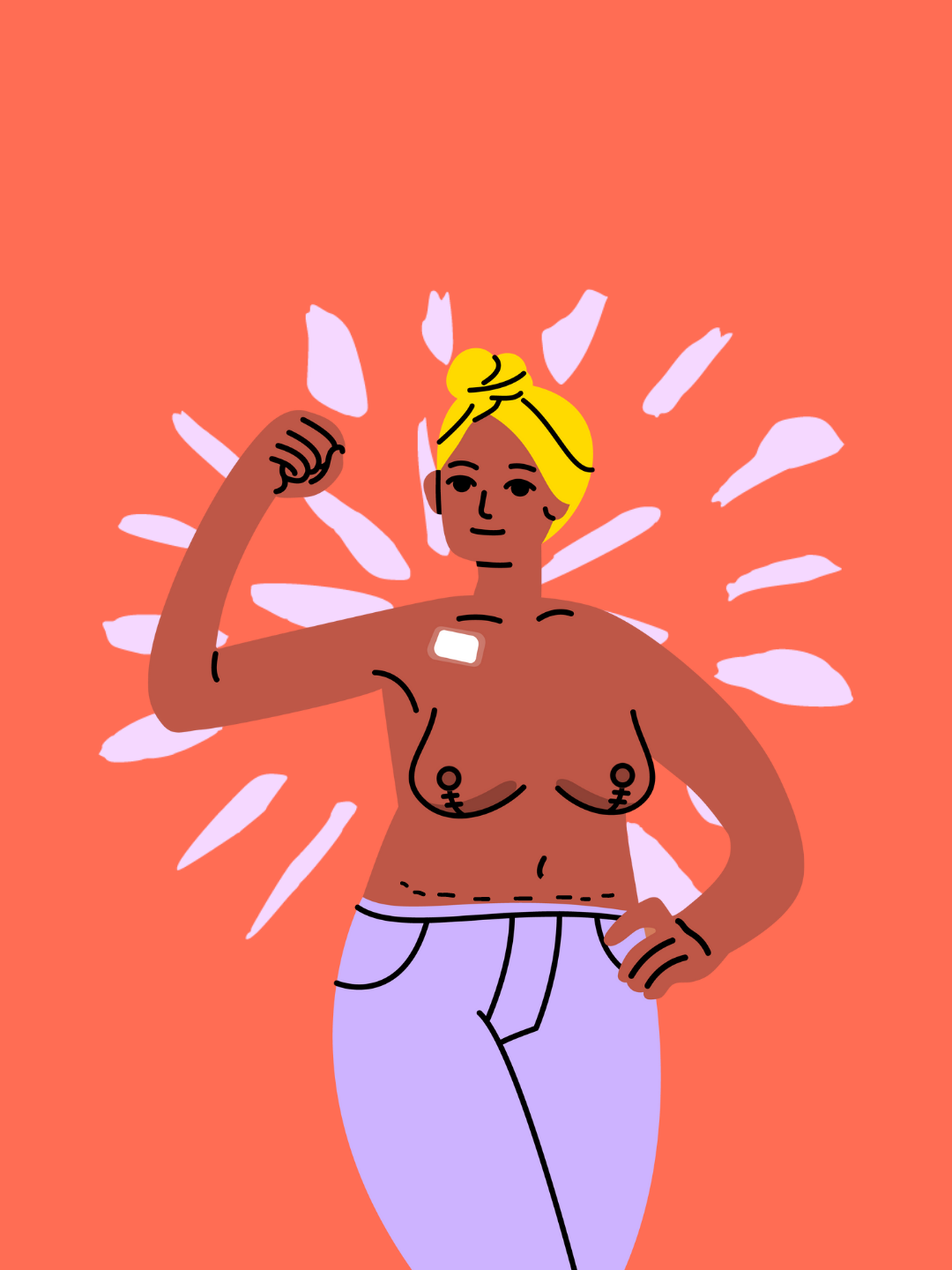When I think about cancer research, there’s a very specific image that pops into my head.
I see researchers in white coats, working in labs with pipettes in-hand and eyes glued to microscopes. What I don’t see in this mental image are patients—those who are impacted by the very diseases being researched.
To help correct this, we asked some of the leading breast cancer physicians and researchers attending the 2023 San Antonio Breast Cancer Symposium how patients can become engaged in research.
“In order for us to find a cure or to find really good treatments, we need people to participate in research,” said Dr. Rebecca Jones, assistant professor at U. T. Health San Antonio and assistant director for Mace Cancer Center's community outreach and engagement.
While clinical trials, which test the efficacy of new medical approaches in people, are a very important way that patients can help move the needle towards improving cancer treatments, Dr. Jones highlighted other opportunities for patient engagement.
She offered randomized control trials as one example of different types of research.
“The idea of a randomized control trial is you have a group that receives an intervention and a group that receives what we call a standard of care.” Because of that, not all who are involved will necessarily receive the new approach that is being tested.
Patient Stories as Evidence and Data
Another type, Dr. Jones mentioned, are cross-sectional studies. These studies, often in the form of surveys, involve patients answering questions about their knowledge, attitudes, and beliefs, which researchers can use to identify trends and learn more about motivations.
These are often qualitative studies. Dr. Emily Freeman, Senior Director, Global Medical Affairs, Patient Focused Implementation Science with Gilead Sciences, explains those as “an opportunity for us to incorporate the patient perspective into our studies.”
“Patient stories become research that then becomes evidence that we could use for research studies to say we've incorporated the patient perspective.”
“It's also a way to go directly to patients to get their feedback and to get their ideas and to do it in a scientific way,” said. Dr. Freeman.
Cohort studies collect information about specific groups of individuals to understand how different factors can affect disease. For example, Dr. Jones offered, they might look at a group of people with cancer to “maybe start to understand what possibly contributed to that development of cancer.”
Importantly, Dr. Jones said, “You don't always have to have a disease. You don't always have to have a diagnosis. Oftentimes, we actually need healthy people to participate as well, so we have a good control.”
Giving Patients a Seat at the Table
There are also labs, like that of Dr. Isaac Chan, assistant professor at UT Southwestern and physician-scientist, who have patient advocates help inform their work.
He explained that engaging patient advocates in his research is a part of his ethos: “These results do not happen in a vacuum, but … are meant to be shared with the world and people should be able to understand and access it.”
Dr. Chan worked with GRASP, an organization whose mission is to connect patients, clinicians and researchers to advance breakthroughs, to implement ways his lab could develop “collaborative relationships where [patient advocates] get a seat at the table.”
He said having this ongoing dialogue with patient advocates grounds their research in why they do the work that they do.
“The strength of that model is that it really is hard because it requires time,” he continued. “It requires time for us to know each other, it requires time for us to have friendship, and that's something that's [has to come] naturally, right? It can't be forced.”







